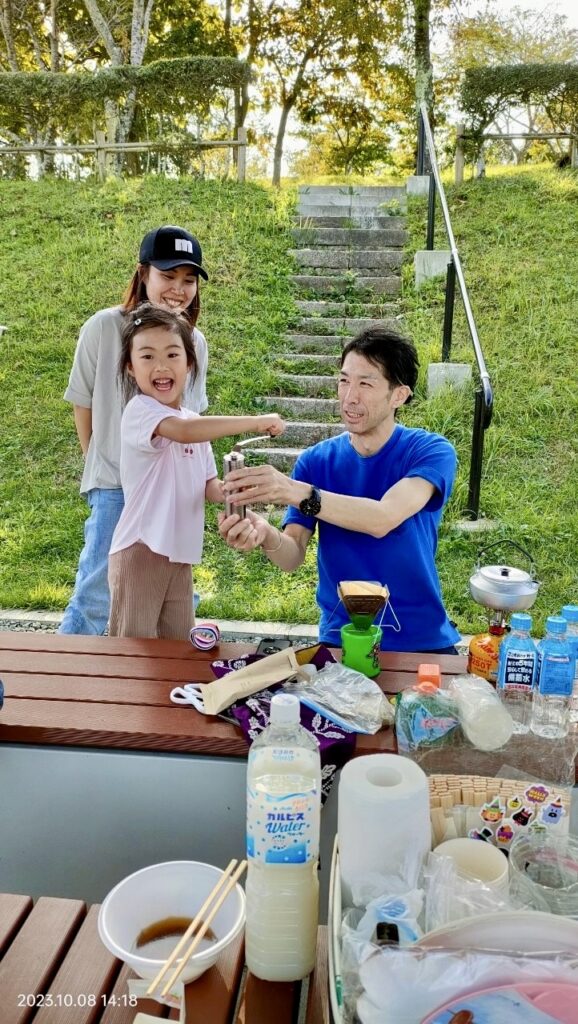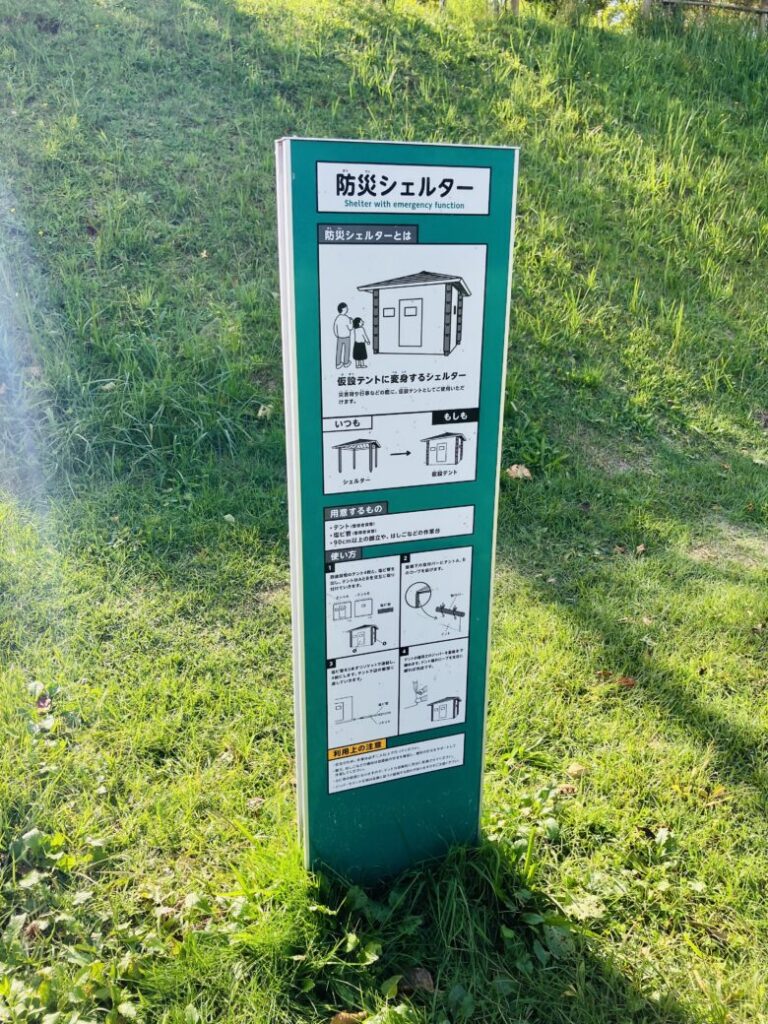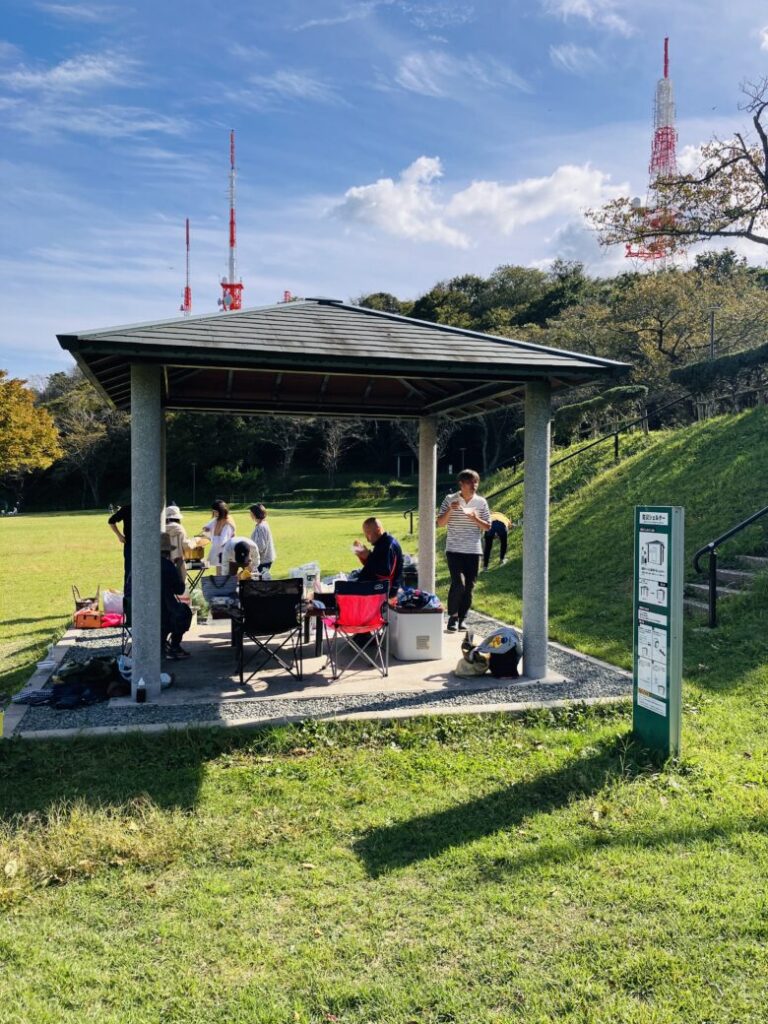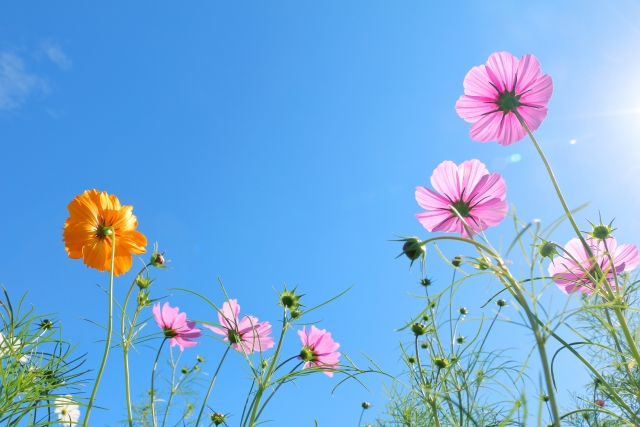大森山のグリーン広場で友人たちとなべっこをしました。なべっこ、って40代後半くらいの世代の方(地方によってはもっと若い世代まで)は、中学生までは毎年必ず学校行事でやっていた秋田の素晴らしい行事だと思います。「なべっこ」における意義とは…考察してみました笑
以下のことを習得できる教育的プログラムだなぁと思っています。友人と共同でのメニューの策定、予算内での買い物、買い出しの役割分散と割勘や集金の習慣化、火を扱う経験、みんなで外でご飯を食べる経験、失敗(成功)の考察、様々なシチュエーションを想定する力の醸成、ギアのチョイス…などなど。それに加え、何かこれを持っていったらみんな喜ぶだろうな、というプラスアルファを持ってくる人がいて、それが楽しみでもあったりします。
この日はとにかく天気が良くて、親子連れで子どももたくさんいて、大人同士話したり、子どもと遊んだり、とにかく自由に遊び、なべを美味しくいただきました。自分は、午前中に用事があり、昼過ぎからの参加でしたので、準備もせず作ってもらったきりたんぽを食べただけ…汗
準備してくれたみんな、本当にありがとう!
東屋を陣取ってなべっこしていたのですが、この東屋は防災シェルターを兼ねているものだったので、興味深かったです。野外で、しかもこんな郊外に設置されている防災用のシェルター(しかも周囲を見た感じこれ1個だけ)なんて、誰が使うことを想定したのだろうか…と設置当時の秋田市の部局(防災安全対策課?)に機会があったら聞いてみようと思いました。





[English]
I did “nabekko” with my friends at the Green Plaza in Omoriyama.
“Nabekko” is a fantastic event in Akita that I believe people in their late 40s and even younger generations in some regions used to participate in as a school activity every year until junior high. I’ve thought about the significance of “nabekko” and it’s quite an educational program in its own right.
Here are some of the educational aspects I believe it offers: planning a menu with friends, shopping within a budget, delegating roles for shopping, sharing expenses and collecting money, gaining experience in handling fire, dining outdoors together, reflecting on both failures and successes, and developing the ability to anticipate various situations. It’s also about making choices, including what to bring that would make everyone happy. That element adds an extra layer of enjoyment.
The weather was perfect that day, and there were many families with children. Adults had the opportunity to chat with each other and play with the kids. It was a day of free-spirited fun, and we enjoyed a delicious meal together. I, unfortunately, had other commitments in the morning and could only join in the afternoon, so I just ate the “kiritanpo” that others had prepared without helping with the cooking. Thanks to everyone who made the preparations!
We gathered in a shelter while enjoying “nabekko.” Interestingly, this shelter also served as a disaster shelter. It got me thinking about why a disaster shelter, especially one placed in the suburbs like this, was set up in the great outdoors. There seemed to be only one shelter like this in the vicinity. I wonder who it was originally intended for, and if I ever get the chance, I’d like to inquire with the relevant department from the Akita City government about the setup.
(Note: “Nabekko” is a traditional Akita autumn event where people cook a hot pot outdoors and enjoy it together. “Kiritanpo” is a type of rice cake on a stick, often used in “nabekko” hot pots.)
[Español]
Realicé “nabekko” con mis amigos en la Plaza Verde de Omoriyama.
“Nabekko” es un evento fantástico en Akita en el que creo que las personas de más de 40 años e incluso generaciones más jóvenes en algunas regiones solían participar como actividad escolar todos los años hasta la escuela secundaria. He pensado en la importancia del “nabekko” y es un programa educativo por derecho propio.
Aquí hay algunos aspectos educativos que creo que ofrece: planificar un menú con amigos, hacer compras dentro de un presupuesto, delegar roles para las compras, compartir gastos y recolectar dinero, adquirir experiencia en el manejo del fuego, cenar al aire libre juntos, reflexionar sobre fracasos y éxitos, y desarrollar la capacidad de anticipar diversas situaciones. También se trata de tomar decisiones, incluyendo qué llevar para hacer feliz a todos. Ese elemento agrega una capa adicional de disfrute.
El clima fue perfecto ese día y había muchas familias con niños. Los adultos tuvieron la oportunidad de conversar entre ellos y jugar con los niños. Fue un día de diversión desinhibida y disfrutamos de una deliciosa comida juntos. Desafortunadamente, tenía otros compromisos por la mañana y solo pude unirme por la tarde, así que simplemente comí el “kiritanpo” que otros habían preparado sin ayudar en la cocina. ¡Gracias a todos los que hicieron los preparativos!
Nos reunimos en un refugio mientras disfrutábamos del “nabekko”. Curiosamente, este refugio también servía como refugio ante desastres. Me hizo pensar por qué se estableció un refugio ante desastres, especialmente uno ubicado en las afueras como este, en plena naturaleza. Parecía que solo había un refugio como este en las cercanías. Me pregunto para quiénes fue originalmente pensado, y si alguna vez tengo la oportunidad, me gustaría preguntar al departamento correspondiente del gobierno de la Ciudad de Akita acerca de la instalación. (Nota: “Nabekko” es un evento tradicional de otoño en Akita en el que las personas cocinan una olla caliente al aire libre y la disfrutan juntas. “Kiritanpo” es un tipo de pastel de arroz en un palo, a menudo utilizado en las ollas calientes “nabekko”.)

